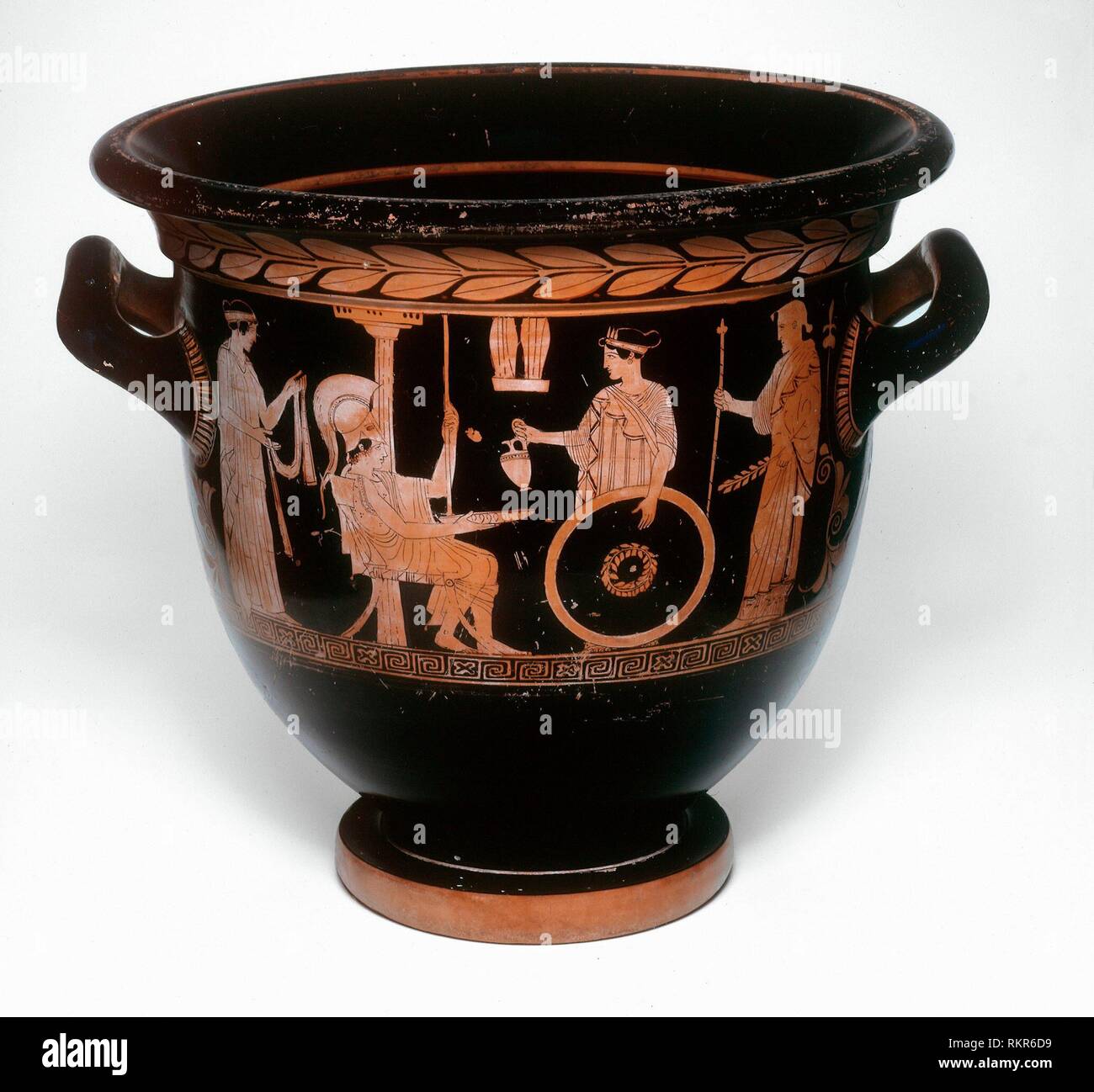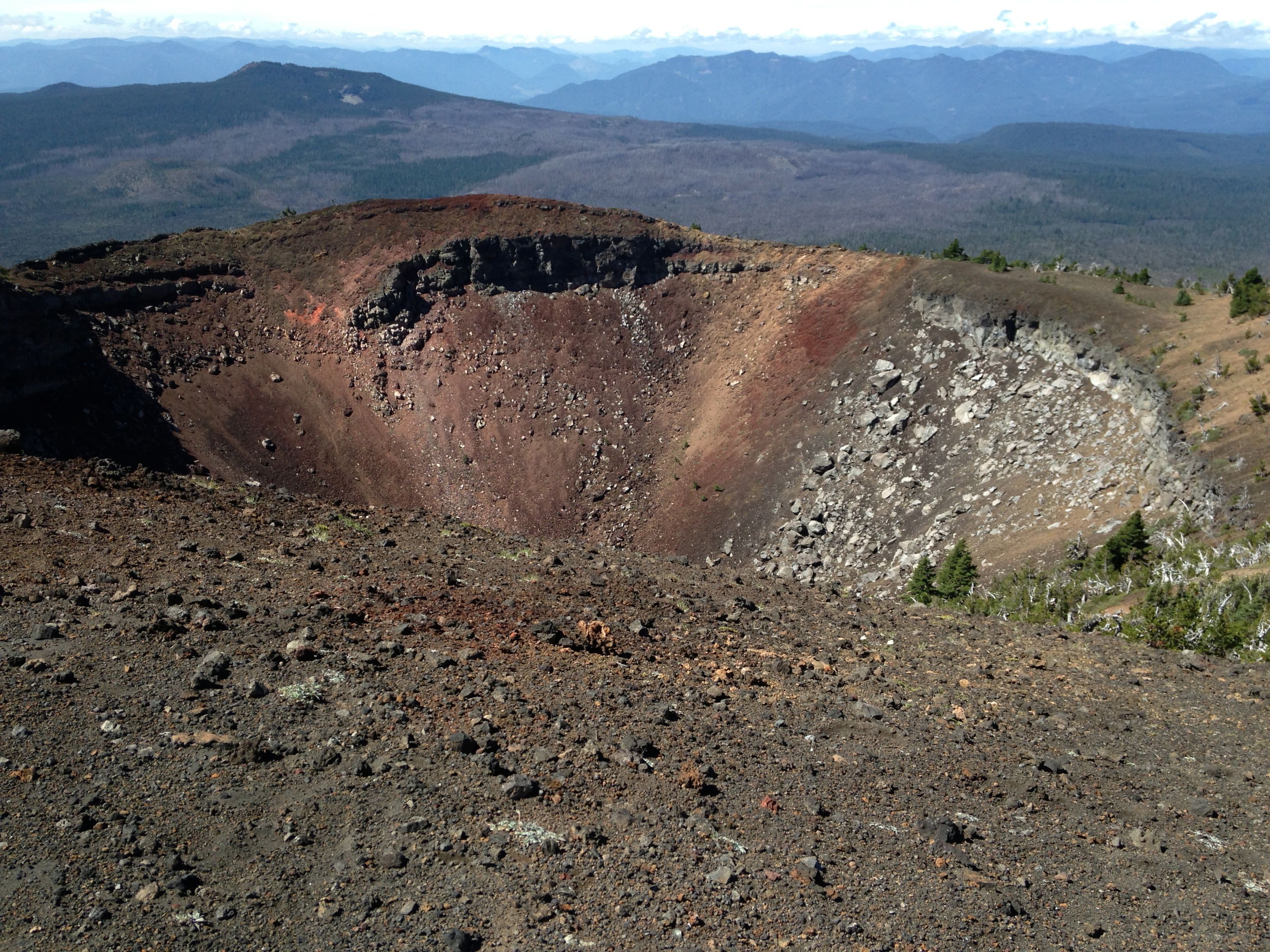

Another universal symbol are Hermes’ winged boots. These elements are universal in Greek iconography and help us to identify him despite his appearance. He also carries his tongs suggesting he is the blacksmithing god. Hephaestus rides the mule because of his lame foot that he received when thrown from Olympus by Hera. There are several characters in this mythological narrative that we can identify by symbols or associated objects that sets them apart from a generic type. Dionysus was the only god who could convince Hephaestus to free Hera from the rigged throne and return to Olympus as one of the gods. Dionysus, being the god of wine and pleasure is drunk and being helped along, he appears on the opposite side. To the left of Hera, Hermes looks back at Hephaestus.

Just to the right we can see Hera seated on a throne, her legs bound. Hephaestus can be found sitting on the mule in the center of one side. In this mythical representation Hephaestus is accompanied by a Dionysian procession, complete with a mule, satyrs and several gods. Calyx kraters could hold any variety of themes, this one in particular shows Hephaestus’ return to Olympus in a highly narrative fashion. This is one way to identify an ancient artist, through their style of iconography and depiction of narratives. The Cleophrades Painter is possibly the first to portray a figural narrative that continues around the vase uninterrupted. The Greeks are known for their interest in the human body and motion and its representation in sculpture, here we see this fascination in painting. He is credited with exceptional drawing skills that gave a sculptural illusion to his figures. The Cleophrades Painter was prolific in Attic pottery and signed a number of his works. Red figure is a more detail oriented style then black figure, where the original red clay shows through and the details are added in black glaze. This prominent pottery medium was developed in Athens, though most came from the Region of Attica.

The red figure style is on a black background and replaced the earlier black figure style entirely. It measures 42 centimeters in height and 49 in diameter. The body of the vessel is wide and cylindrical with a slight flair at the top and a lip. The calyx krater has a wide foot, a short stem, and cupped body with two low rounded handles extending to the sides. This Attic is generously adorned with figures encircling the ceramic that tells a story of a procession. A particularly beautiful example is the early 5th century BCE Attic red figure calyx krater by the Cleophrades Painter, currently located at the Louvre. The red figure calyx krater is representation of4th and 5th century BCE Greek vessels.


 0 kommentar(er)
0 kommentar(er)
